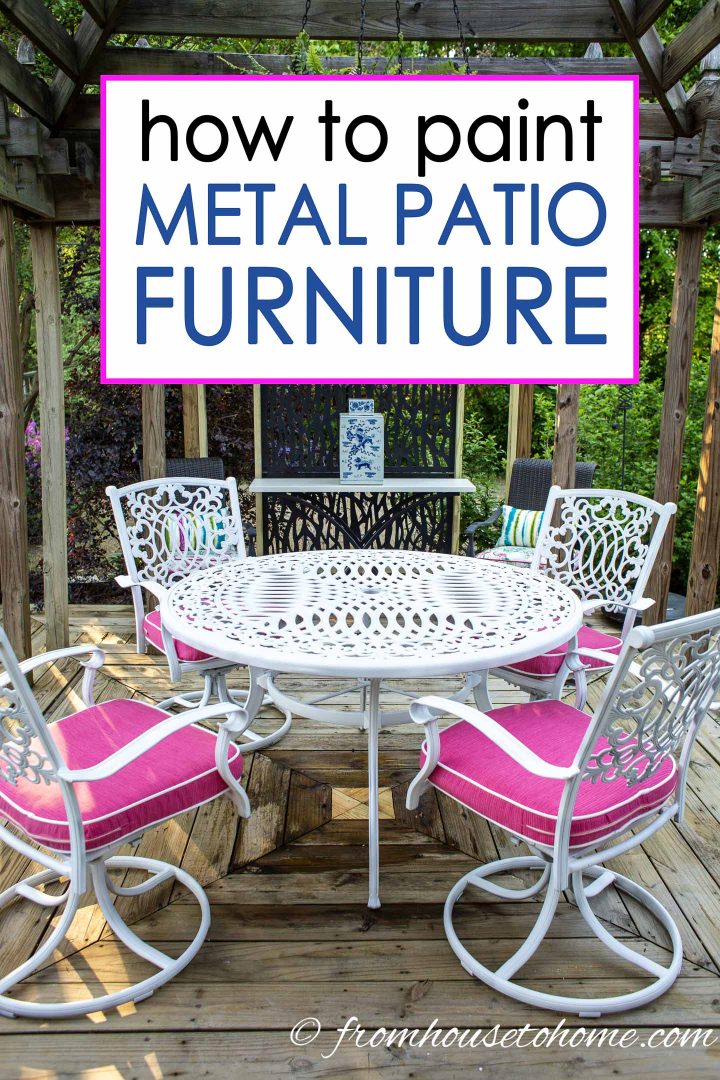Can You Paint Indoor Furniture For Outdoor Use?
When exploring the realm of outdoor living, it is essential to consider the viability of transforming indoor furniture for alfresco enjoyment. The prospect of extending the life and utility of beloved pieces while enhancing outdoor aesthetics is an alluring one. However, this undertaking requires careful consideration of key aspects that will determine the success and longevity of your endeavors.
This article delves into the crucial elements to consider when embarking on the journey of repurposing indoor furniture for outdoor use. By understanding the factors discussed below, you can make informed decisions that will guide you towards a successful outcome.
Essential Aspects
1. Material Compatibility
The foundation of a successful transformation lies in selecting furniture crafted from materials suitable for the rigors of outdoor conditions. Durable materials such as teak, cedar, and weather-resistant plastics are ideal choices as they can withstand moisture, UV rays, and temperature fluctuations.
2. Surface Preparation
Ensuring a lasting bond between paint and furniture requires meticulous surface preparation. Begin by thoroughly cleaning the furniture to remove any dirt, grime, or old finishes. Sand the surface gently to enhance paint adhesion and create a smooth base for the new coating.
3. Paint Selection
Outdoor paint formulations are specifically designed to endure the challenges of outdoor environments. Look for paints labeled as "exterior" or "weather-resistant" to ensure optimal protection against water damage, fading, and peeling.
4. Primer and Base Coat
A primer acts as a bridge between the furniture's surface and the paint, promoting better adhesion and preventing stains from bleeding through. Apply a thin coat of primer before the base coat to enhance the durability and longevity of the paint finish.
5. Multiple Coats
Resist the urge to rush the painting process. Apply multiple thin coats of paint, allowing each coat to dry completely before applying the next. This gradual approach ensures proper coverage and a smooth, professional-looking finish.
6. Sealing
Once the paint is dry, protect your hard work with a clear sealant. Sealants create a barrier against the elements, further enhancing the paint's durability and resistance to wear and tear.
7. Maintenance
Regular maintenance is crucial to prolong the life of your outdoor furniture. Periodically inspect the furniture for signs of wear or damage, and touch up the paint as needed. Cleaning the furniture with mild soap and water will keep it looking its best for years to come.
By adhering to these essential principles, you can successfully transform your indoor furniture into cherished outdoor companions, extending their lifespan and beautifying your outdoor living space.

Indoor To Outdoor Furniture I Painted Until My Arm Fell Off Grandmas House Diy

Painting Indoor Furniture To Use It Outdoors Hometalk

Indoor To Outdoor Furniture I Painted Until My Arm Fell Off Grandmas House Diy

How To Repurpose Indoor Furniture For Outdoor Use

How To Repurpose Indoor Furniture For Outdoor Use

How To Repurpose Indoor Furniture For Outdoor Use

Painting Indoor Furniture To Use It Outdoors Hometalk

How To Repurpose Indoor Furniture For Outdoor Use

How To Paint Metal Patio Furniture

How To Seal Wooden Furniture When You Move It Outdoors








